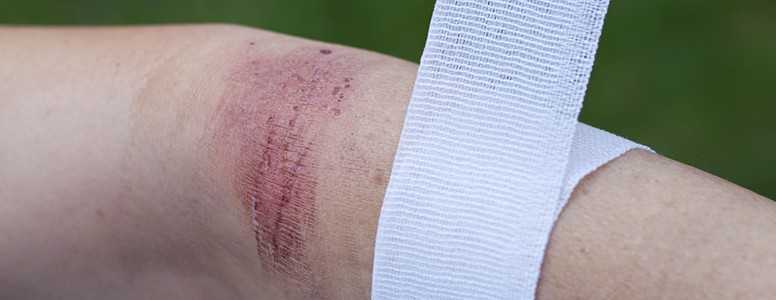A cell that instigates the process of scarring in fatty tissue could explain how fat cells can cause insulin resistance, leading to the development of diabetes.
Researchers at the Oklahoma Medical Research Foundation observed that a platelet-derived growth factor (PDGF), which occurs naturally in the body, can create scar tissue when stimulated.
Scar tissue helps people heal following injuries, but excessive scarring, also known as fibrosis, can contribute to dangerous health conditions, such as diabetes.
A team led by Lorin Olso, Ph.D, found that when PDGF was not activated, no undifferentiated cells were created and continued to become fat cells, rather than scar tissue.
PDGF can be produced during wound repair through injured or stressed tissues, but too much stimulation can lead to excessive scar tissue. Without a balance of PDGF activity, proper tissue repair cannot be achieved.
Olson explained: “When fat cells are surrounded by scar tissue, it inhibits their ability to store lipids. When that happens, the lipids are stored in places like the liver or muscle. That can cause insulin resistance, which can lead to diabetes.”
Olson’s team now aim to assess how the path of fat cells is disrupted by imbalances in the PDGF pathway and how this could affect the development of diseases.
“By studying the molecular mechanisms involved in the process, we’ll try to understand the role it may play in heart disease, diabetes and other metabolic disorders,” Olson added.
What's new on the forum? ⭐️
Get our free newsletters
Stay up to date with the latest news, research and breakthroughs.





